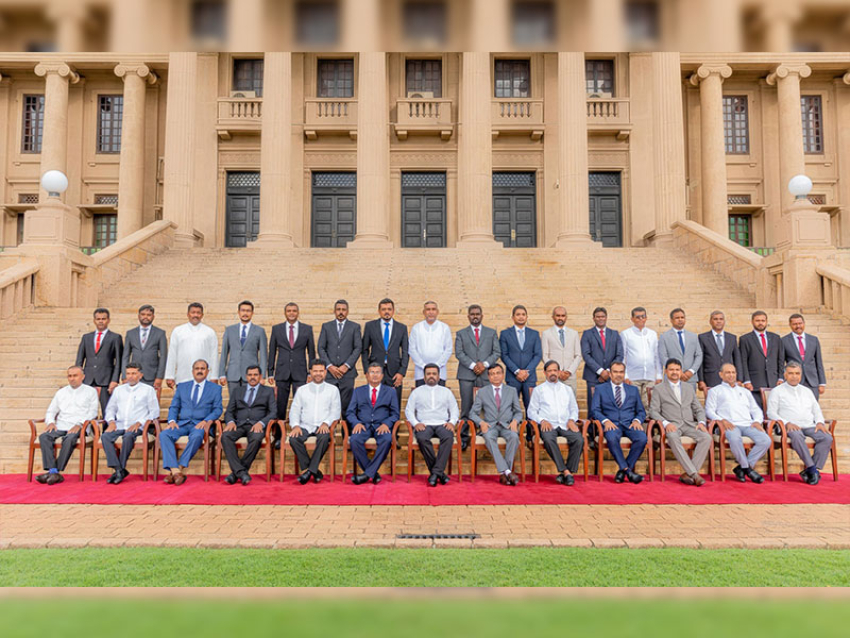Noting that foreign investors have a tepid view about overall economic conditions in Sri Lanka, Musher says it is also important to identify current FDI trends, perspectives of investors in the private sector, as well as the economic outlook for Sri Lanka if Sri Lanka looks to position itself as an attractive FDI and trade destination.While speaking on measures, need to be taken to attract more FDI into Sri Lanka, Musher stressed the need to have an umbrella organization for FDI while capitalising on Sri Lanka’s geo political positioning, economic conditions, quality of infrastructure, high literacy rates and Sri Lanka’s ability to access to key markets. According to Musher, improving the quality of data relating to FDI in Sri Lanka will also have a signaling effect on potential new investors and will lead to high FDI inflows.
The report states that while FDI into Sri Lanka has historically been low, FDI inflows began further declining from 2011-2015, with a -30% drop within this period , the largest decline being in 2015 which stood at USD 680 million.FDI inflows into Sri Lanka suffered during 2011— 2015 period, with regulators attributing the drop to uncertainty caused by the removal of existing tax concessions—although the introduction of a new concession scheme appears to have contributed to a rebound over the last couple of years.
FDI inflows into Sri Lanka primarily originate from Asia –although USA is among the top 10 countries of origin, they accounted for only -4% of Board of Investment (BoI) investments in 2017 . In 2016, Malaysia, India, Netherlands, China and UAE were among top five sources of FDI in Sri Lanka. Sri Lanka primarily ttracts FDI from Asia, with telecommunication, tourism, and manufacturing being key areas.With FDI in Asia increasing, and economic competitors such as Bangladesh and Vietnam showing continued growth




















